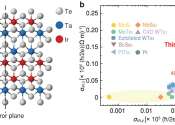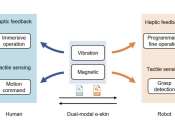Magnetic tunnel junctions can prevent tampering and piracy of intellectual property
Imagine a movie about a rogue employee who breaches security in a company that implants chips inside half of the world's computers. They embed a Trojan in systems around the globe and hold the world to ransom.
Apr 3, 2023
0
26









